All you need is a drill with a range of bits, a pencil, some sand paper, two small blocks of wood, some epoxy, and an inexpensive round diamond file. A vise will make it safer to do, and a saw, knife or chisel might make your work easier. A bit of masking tape and some wax or oil might be nice too.
First you drill a small hole in one block and force the pointy end of the file into this hole so you don’t have a pointed end to worry about as you work.
Then you drill a hole in the end of the block of wood that is going to be the handle. This is for the end of the file to go in, and it needs to be a nice snug but not tight fit.
I used a small bit of ash for my handle, but apart from long term wear, a cork might even work.
Then you fit the base of the file into the hole and then use the pencil to mark out the shape you want for the handle to have. Then you remove the wood that doesn’t belong and sand the block into a decent enough shape. You want to regularly fit the file back into the hole to make sure the tool lines up and meets your standards of quality.
Once you have it right, it is time to sharpen the tip of the diamond file. You do this by chucking the big end of the file into the drill and then, at a low angle, grinding the tip on sandpaper, with the drill spinning. Just sharpen the tip, the diamond coating on the awl can still be used to sharpen with. This makes this tool multi-purpose.
Once you have it nice and pointy, then you put the point back into the protective block, and epoxy the handle onto the file. At this point, you wait a day for the epoxy to really get solid before you go any further.
Now you can sand the handle and clean up the tool a bit more. Be careful not to sand the tool bit. To prevent clumsiness, a bit of masking tape on the file might keep it a bit safer.
When you are done, you can leave the handle bare, or put wax, or oil on the handle to make the grain stand out.
If you look really close, you can see a groove in the file. This is for sharpening points. If you make two of these, maybe they could sharpen each other.
Now you have a tool that can mark lines with precision and reduce tear out when cutting wood. It can mark and start holes for drilling, It can sharpen points, and curved blades. It can even smooth drilled holes in steel. Not too bad a tool to have on hand.
Bob
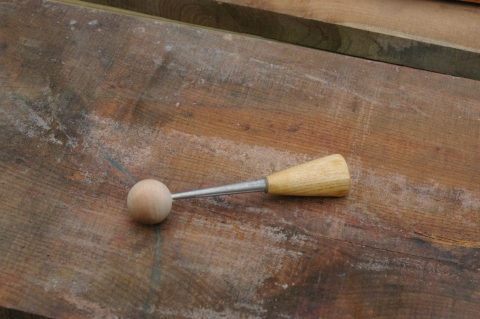

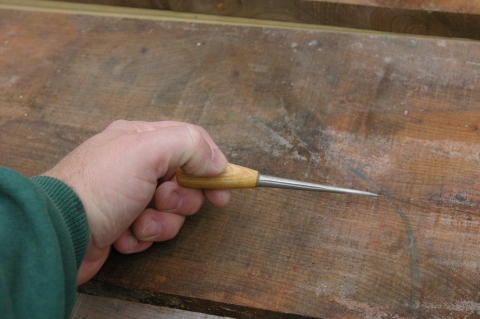


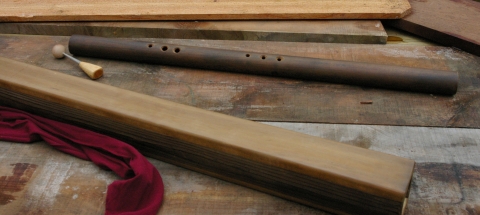
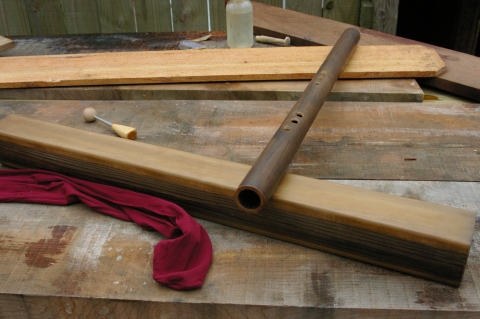
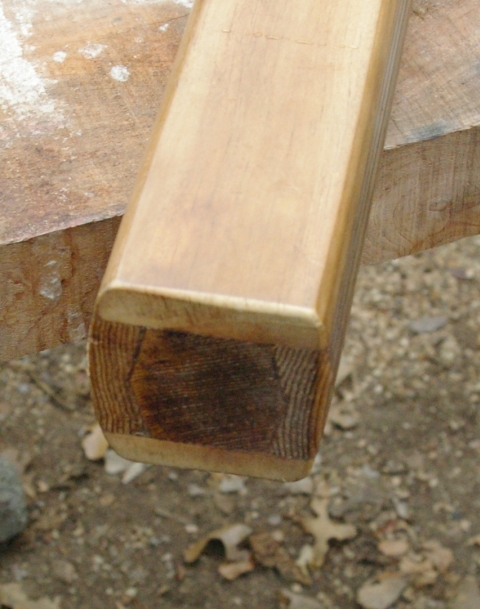
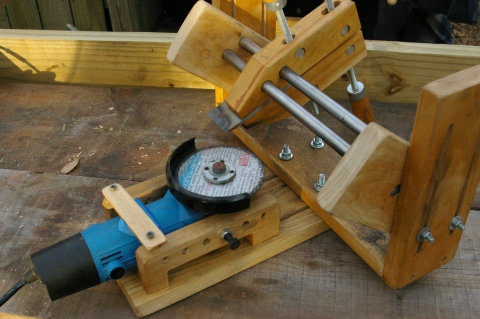
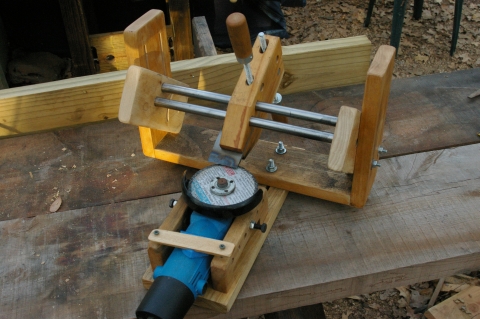

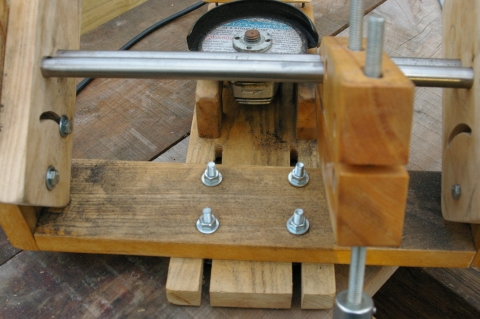
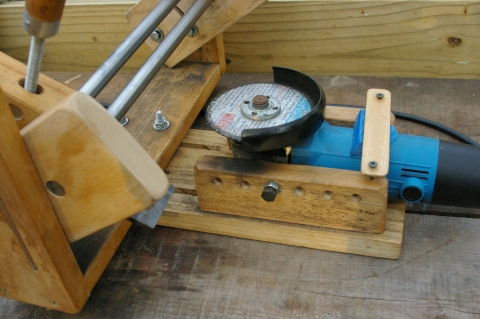

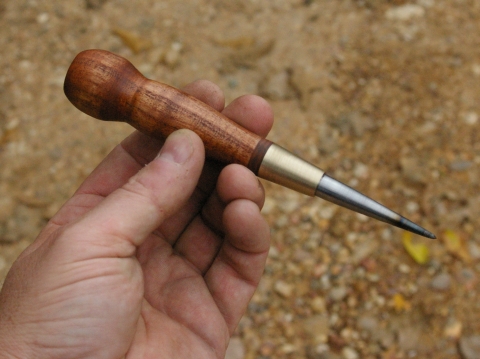
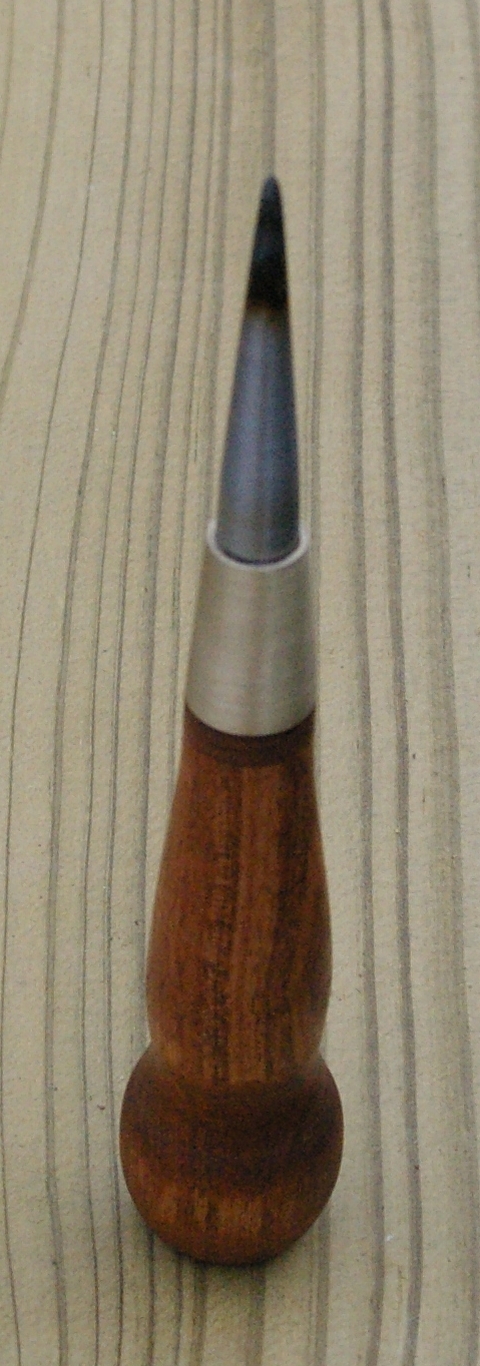
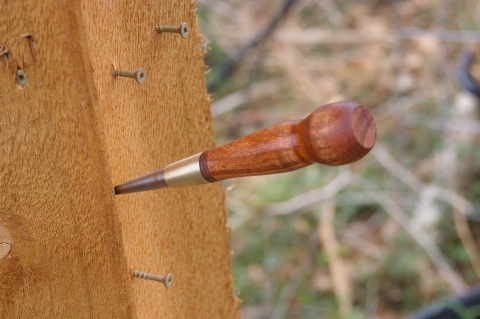

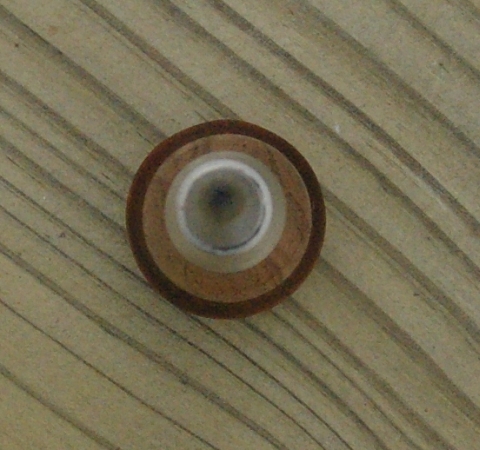
 A page Dedicated to My Writing
A page Dedicated to My Writing
Recent Comments